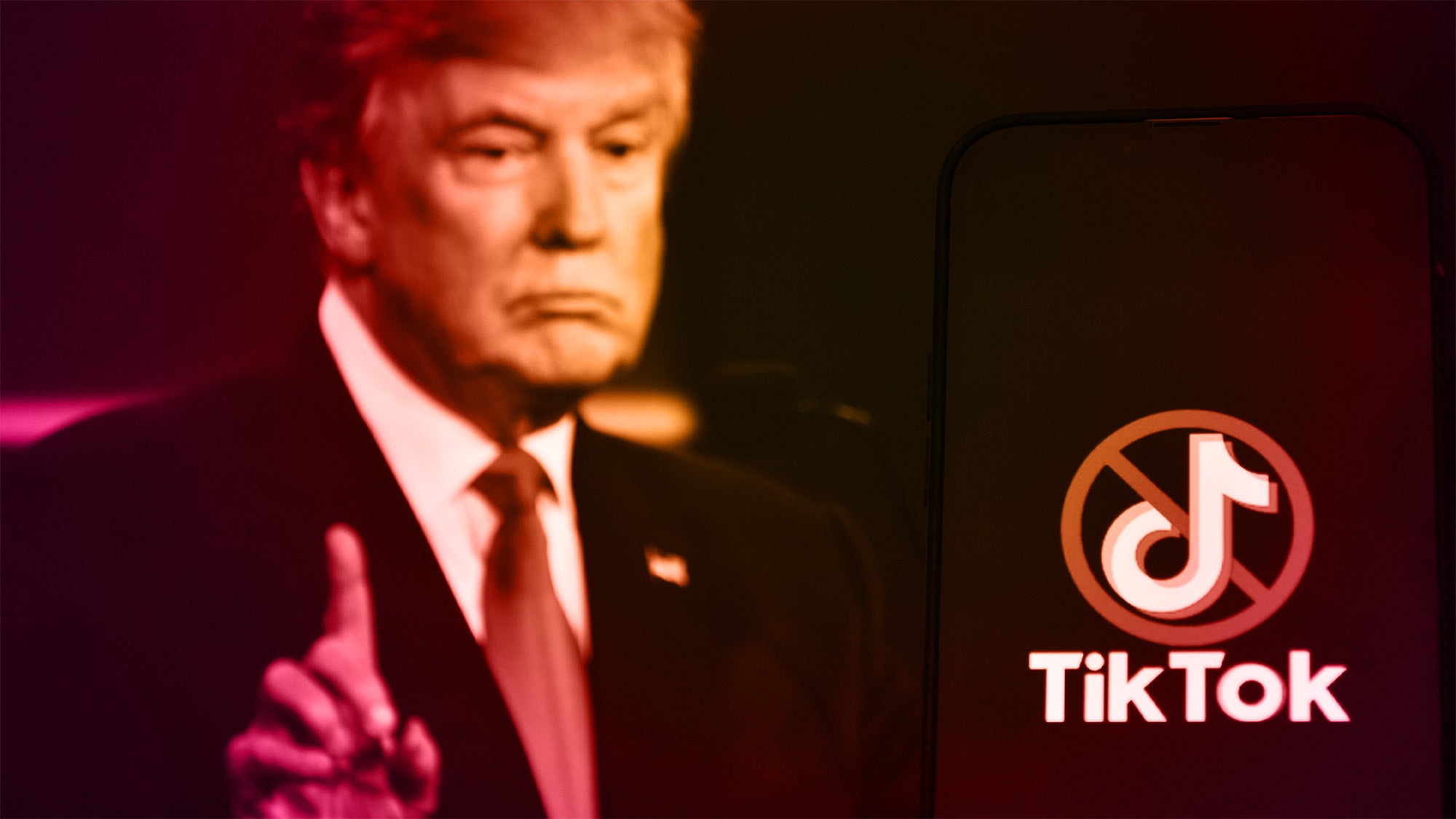
With the rise of YouTubers and vlogging, YouTube was once at the cutting edge of the internet. But this all changed when TikTok came along, and short-form video content shot to popularity as one of the most lucrative areas of the creator economy.
But new data suggests YouTube might be on its way to being a monopoly once more.
Marketing platform Creator IQ analyzed 2 million social media posts from 143,000 different creators to ascertain creator space trends. One key trend they found was that brands and marketers are investing more than ever in short-form video content across TikTok, Instagram, and YouTube.
In fact, when it comes to YouTube, there was a 700% year-on-year increase in spending branded partnerships with creators on YouTube Shorts; a branch of YouTube that was made in 2021 to compete with the cultural behemoth that is TikTok.
According to Business Insider, brands had been “somewhat reluctant” to invest in the TikTok competitor. But now, some of the biggest names across food, leisure and fashion have lined up to strike deals with YouTube shorts: from McDonald’s to Wendy’s, to e.l.f and Shein.
“This shift reflects a broader movement toward short-form video across both beauty and fashion and the social media landscape as a whole,” Alexander Rawitz, director of content marketing at CreatorIQ, told Business Insider. “While long-form beauty and fashion tutorials remain a YouTube staple, their popularity is waning as Gen Z prioritizes short-form video content.”
Meanwhile, TikTok proved they’re a long way from becoming irrelevant as spending on branded partnerships on that platform increased by 113%. This was then closely followed by Instagram Reels, which saw a 100% increase.
Neither of these figures is anywhere near YouTube Shorts, but for creators, at least, it represents a new source and opportunity for income.




